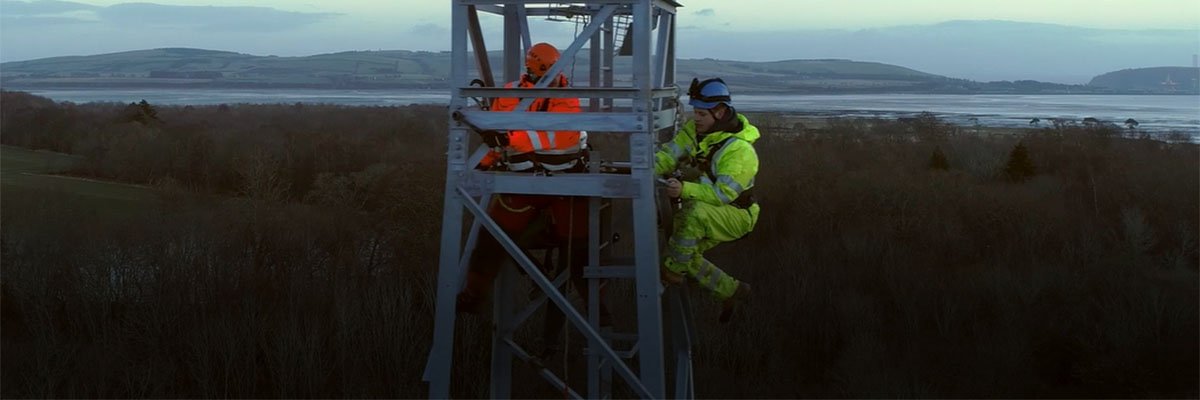
"A total of 5.4 GHz of spectrum in the mmWave band was made available in the auction, split across two bands: 26 GHz and 40 GHz. This spectrum is regarded as ideal for improving capacity in crowded places where lots of people want to use their phone at the same time, like at airports, football stadiums, major concert venues and transport hubs."
"With data consumption increasing by more than 30% year on year due to the increasing number of devices connected to the network, and consumers using more data-rich applications on their smartphones, the UK, like other major economies, faces an ongoing risk of network congestion."
"5G high-band frequency spectrum is able to help improve customer experiences. By using a higher frequency than the airwaves currently connecting devices in the UK, 5G mmWave offers the potential of faster data speeds, increased capacity, reduced latency and enhanced network performance."
Ofcom released 5.4 GHz of mmWave spectrum across the 26 GHz and 40 GHz bands to increase mobile capacity in crowded public venues and to support 5G private networks in factories and ports. Data consumption is rising by more than 30% year-on-year as more devices connect and consumers use data-rich smartphone applications, increasing the risk of network congestion. 5G mmWave can deliver faster data speeds, greater capacity, reduced latency and the ability to connect more devices simultaneously, enabling improved user experiences and new services. Three operators—EE, O2 and VodafoneThree—participated, with the principal stage raising £39m; each won 800 MHz at 26 GHz and 1 GHz at 40 GHz.
Read at ComputerWeekly.com
Unable to calculate read time
Collection
[
|
...
]